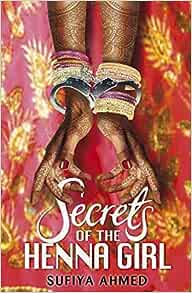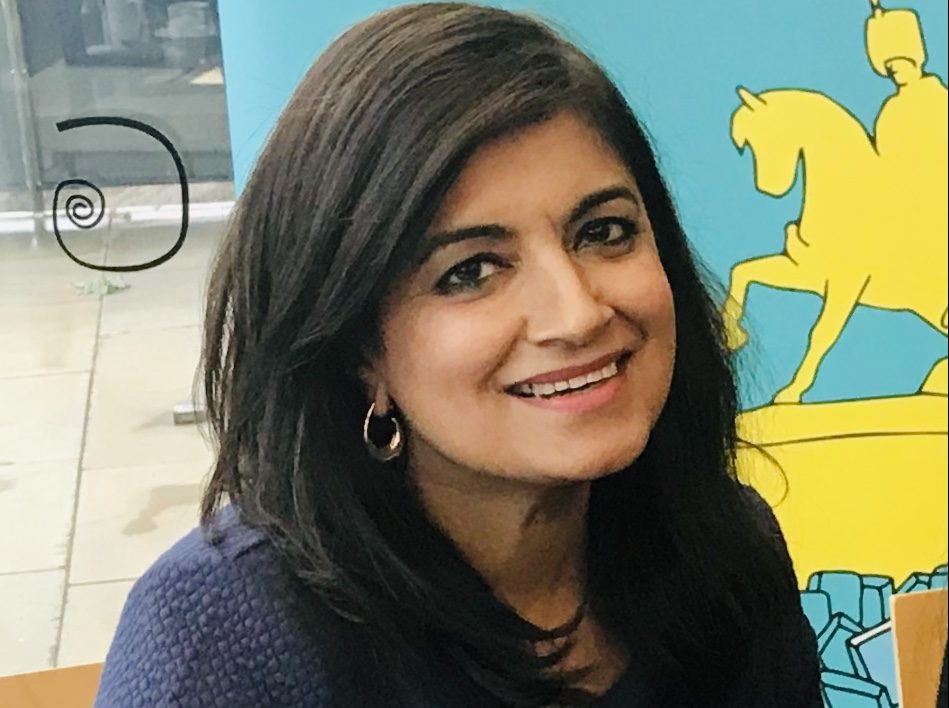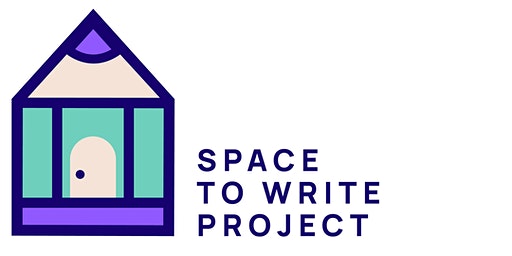
by Saarah Ismail
Growing up my bookshelves were filled with the likes of Jaqueline Wilson, Roald Dahl, Michael Morpurgo and John Green. It never once occurred to me that there was and should be a place for the names of people like me on the cover.
The first time I came across a book by an Asian writer was in school. Despite being an avid reader, it took me 14 years to find Sufiya Ahmed’s Secrets of the Henna Girl, which was my first foray into British South Asian literature.
In 2019, Dr Melanie Ramdarshan Bold research examined the representation of people of colour in children’s book authors and illustrators. Bold identifies that there is a cycle to the lack of representation which begins when children don’t see themselves reflected in books, leaving them with no creative role models they can identify with. These children are thus unlikely to pursue a career in writing children’s books because they believe there will be no success for them.
“I feel like it’s a vicious cycle. It’s like, you don’t have brown people in children’s books, so brown people don’t grow up reading children’s books or enjoying children’s books, so they don’t make children’s books, and so on and so forth.”
– John Aggs
It wasn’t until university that I understood that the lack of cultural representation should be challenged; we shouldn’t have to believe that there are certain spaces we don’t belong because we aren’t white. Growing up without seeing myself reflected in certain spaces contributed to a deep-rooted mentality that as a Muslim woman of colour there were certain doors and opportunities that were closed to me. It took time to recognise and push back against this mentality and it’s something I’m still working on.
Bold’s research highlights the crucial role that cultural representation plays in fostering acceptance and understanding amongst readers. The need for representation goes beyond merely seeking characters from diverse cultures, but delves into the desire for fully realised, three-dimensional people. Readers need to see this diversity integrated into settings that are typical of the multicultural society we live in. The aim isn’t to throw in some diversity into novels as a political statement or the basis of a plot line, but rather to integrate the experiences of people of colour as a recurring norm in an array of different stories.
Perhaps if I had been exposed to such diversity as a child I wouldn’t have tried so hard to fit in by diluting my own cultural identity. If I had read books with characters that had the same skin colour as me, or whose family ate the same kinds of foods and spoke the same language as me I wouldn’t have been shy about eating sabzi and roti while everyone else had fish and chips or roast chicken for dinner. I wouldn’t have had to hide the fact that when I said daddie I wasn’t referring to my dad, but my ‘gran’.
The sad reality is I didn’t have to travel far to find YA authors who are trying to fill the gap, who are writing the stories I’ve always needed to read. Two writers I recently discovered and have added to my TBR pile live in my hometown: Bali Rai and AM Dassu. They are both acclaimed writers of South Asian heritage whose novels champion the types of characters that young readers need to see. They deserve a wider readership.
Saarah Ismail is a Leicester local who is of Indian-Pakistani descent. She is currently an English student at the University of Leicester and is working as an intern for Dahlia Books as part of the Graduate City Project. In her spare time, Saarah works as an English tutor and enjoys painting and reading books of all kind.


